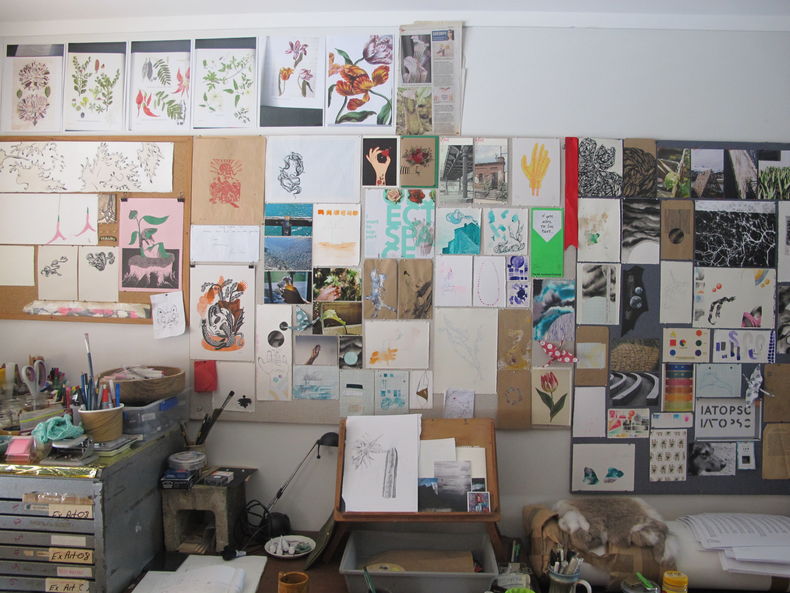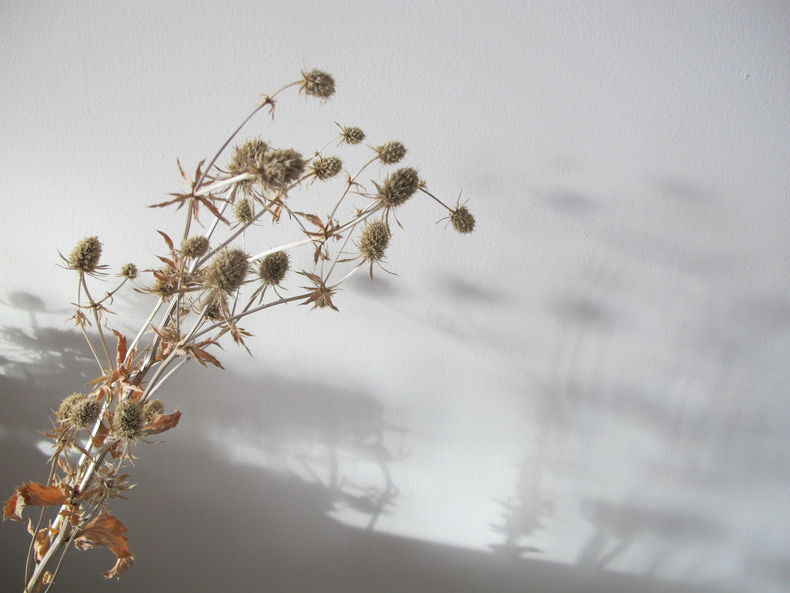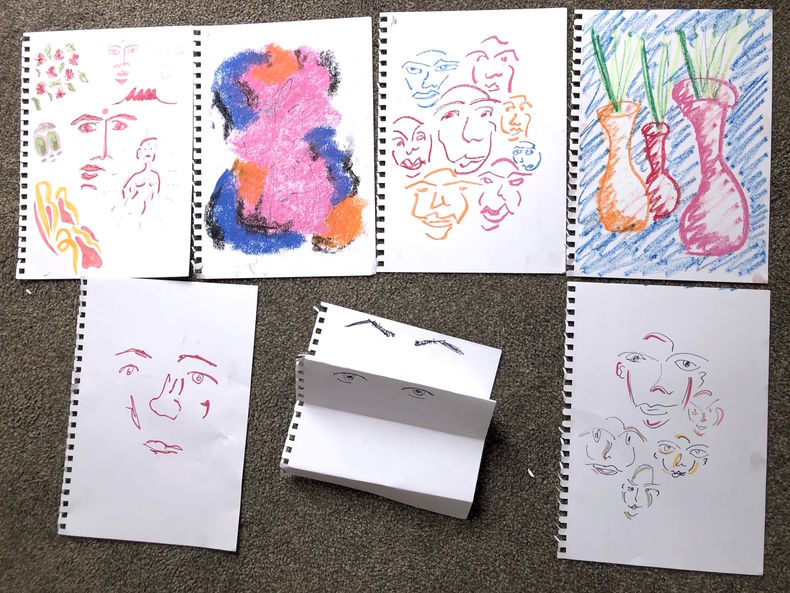There are a few ways to approach this, it depends on what motivates you as a maker. It could be materials and media (a certain material/s), elements and principles of design (line and opacity), style and movements (Bauhaus and Arts and Crafts), or concept (identity, belonging, beauty, the human condition) or a combination of any/all of the above.
The most important thing is to take stock (notice and record) what it is that is motivating you; your intent. This is the point when you decide you are interested in baking, specifically cakes, as opposed to something like baking bread or making sausages.
There is no special format for writing a guiding statement - no right or wrong way of approaching it. It’s the act of clarifying your intention using words that helps. It can feel weird and a bit embarrassing to write a guiding statement, don’t let that stop you. At this stage keep it clear and short. Think of it like a note to yourself in case you get lost along the way - which often happens.
‘I am interested in x because y. I want to explore x through y. My intended audience is x who I’m hoping to connect with through y. The modes and media I will be using are x/y because z.’
‘I am interested in colour, texture through layering, botanical illustration and the nature of line. My attraction to these stimuli comes from my background as a printmaker (imperfection and edition), illustrator (line) and my love of flora. I want to explore the idea of line as a living thing that, like anything affected by the human hand is both controlled and prone to outbursts of defiance. My intended audience are people who connect with natural imagery that is not totally representational. I’m hoping to connect to them through my use of texture, opacity, colour and layering. I will be using inks that I may make the pigments for, a variety of printmaking techniques for texture and vector illustration derived from hand drawn elements and unconventional backgrounds. All layers will be imported as separate layers and then working together in Photoshop to create a digital print. I want to keep the soul of the handmade and use the slick, clean lines of digital illustration.’



